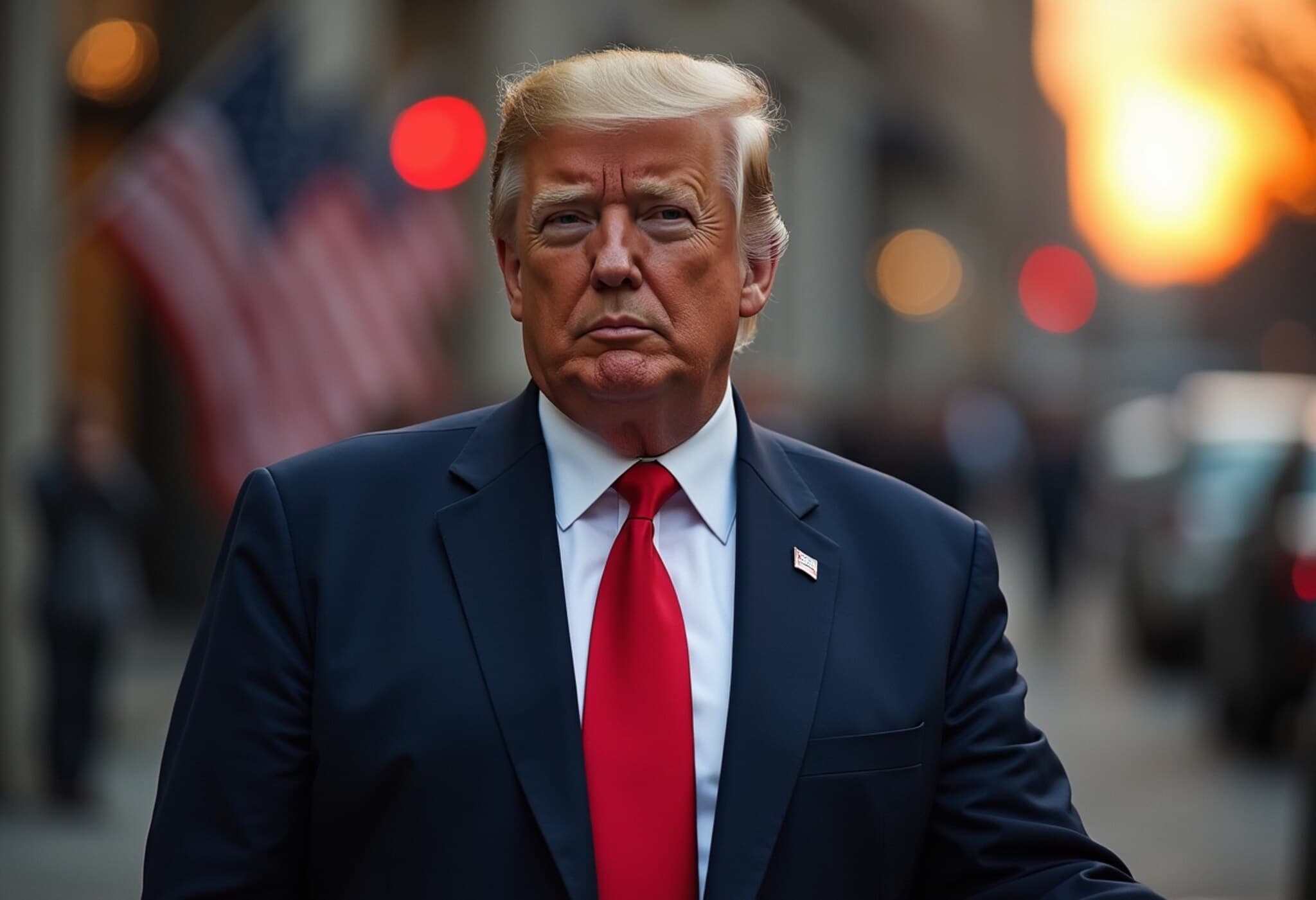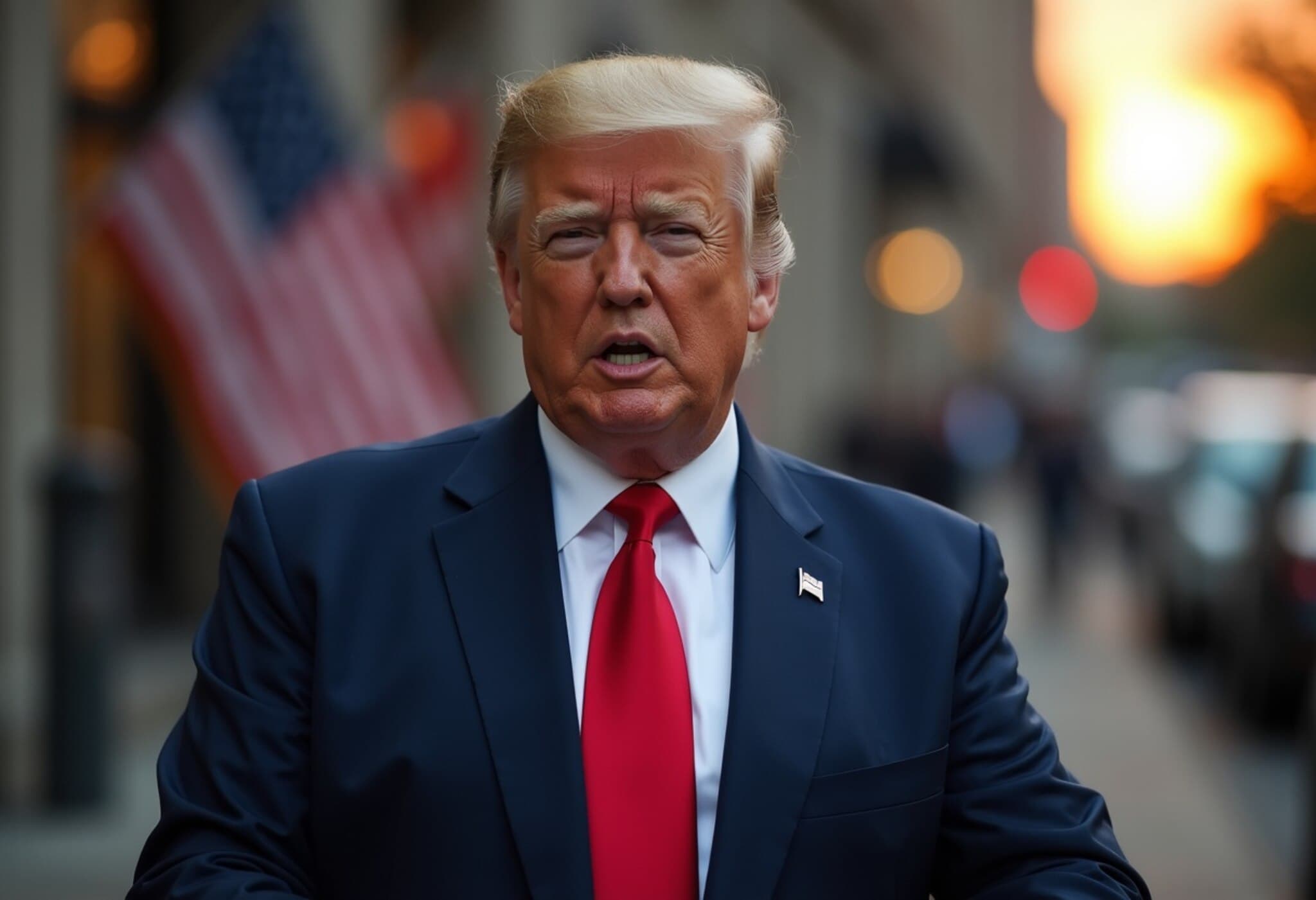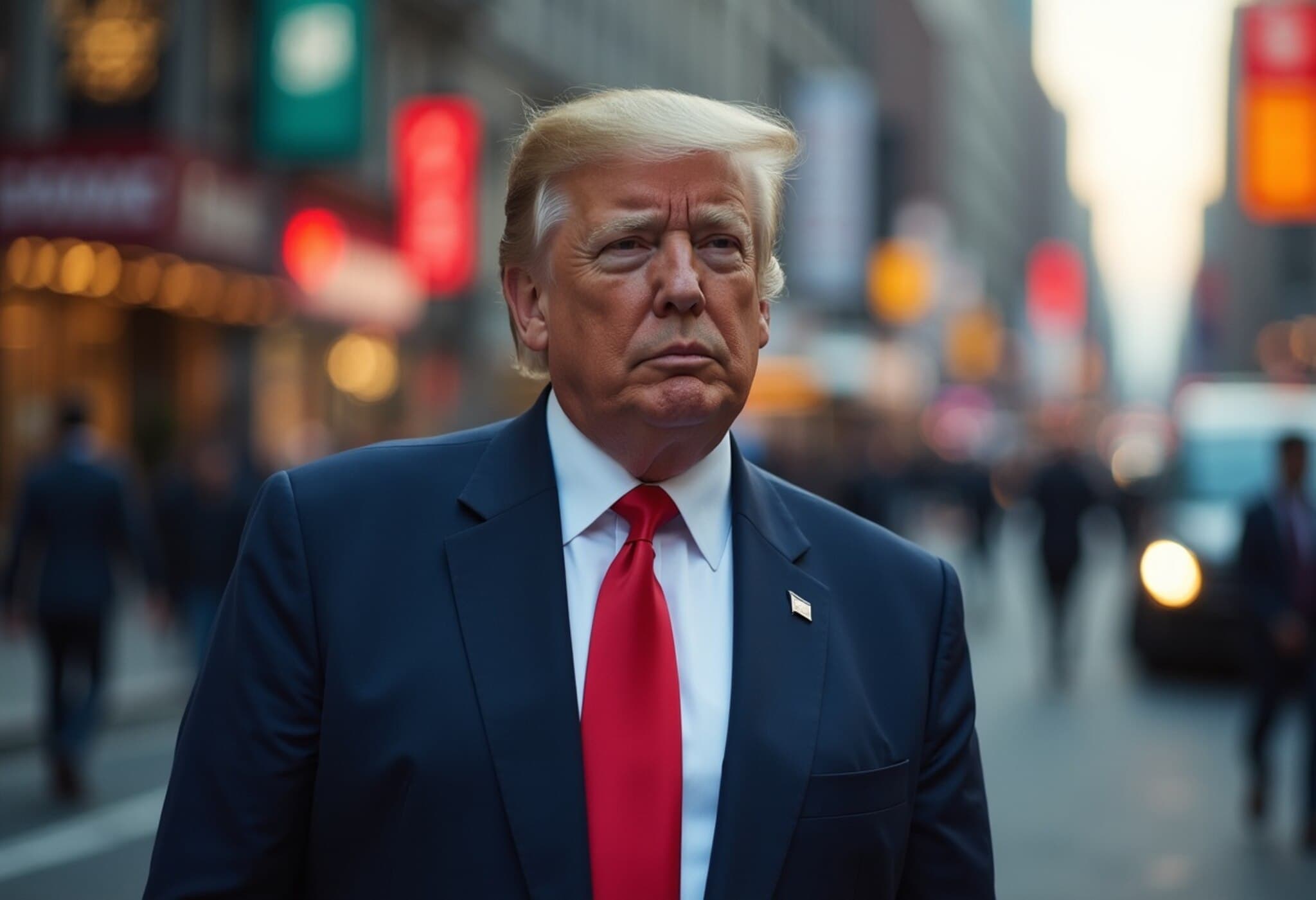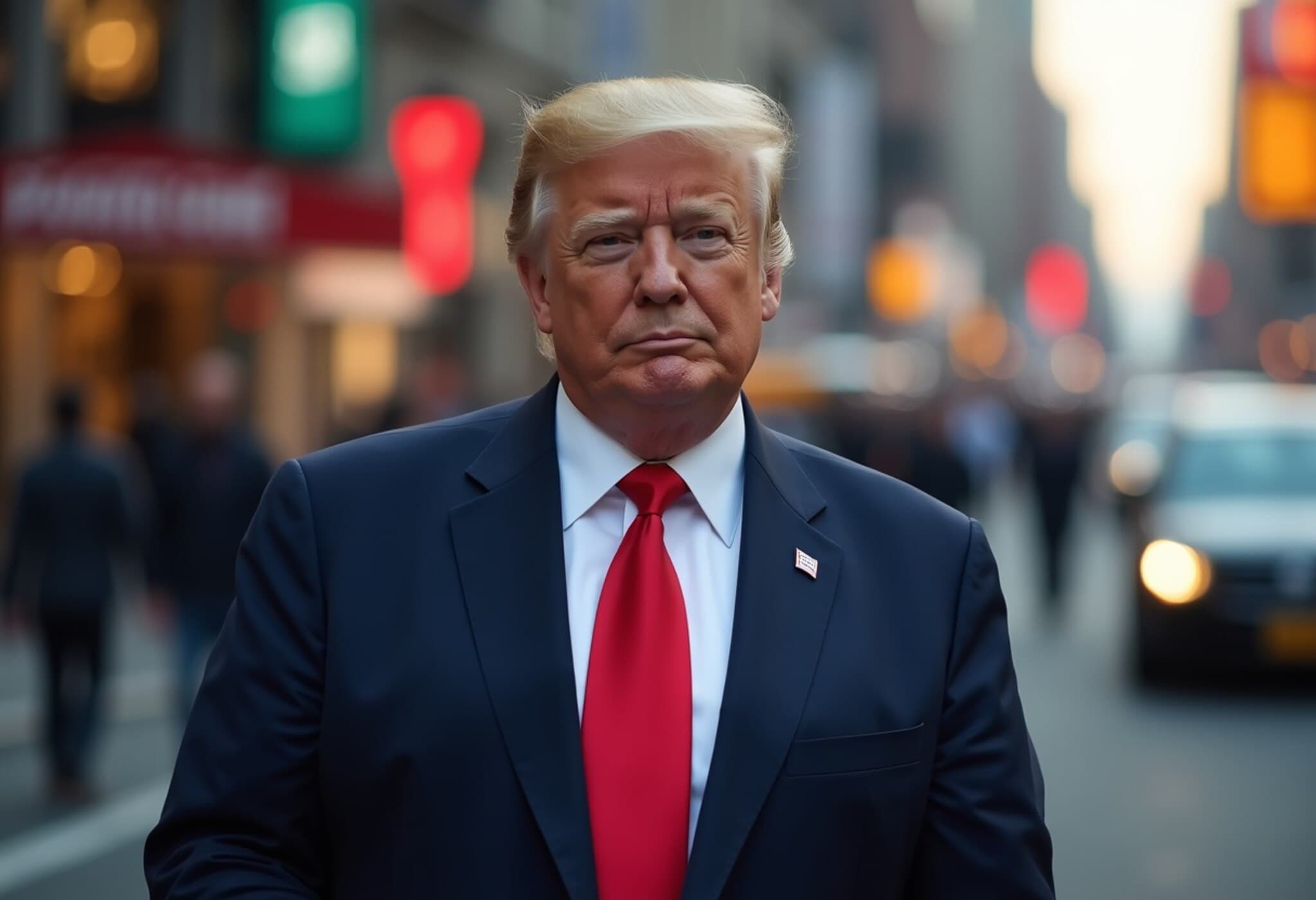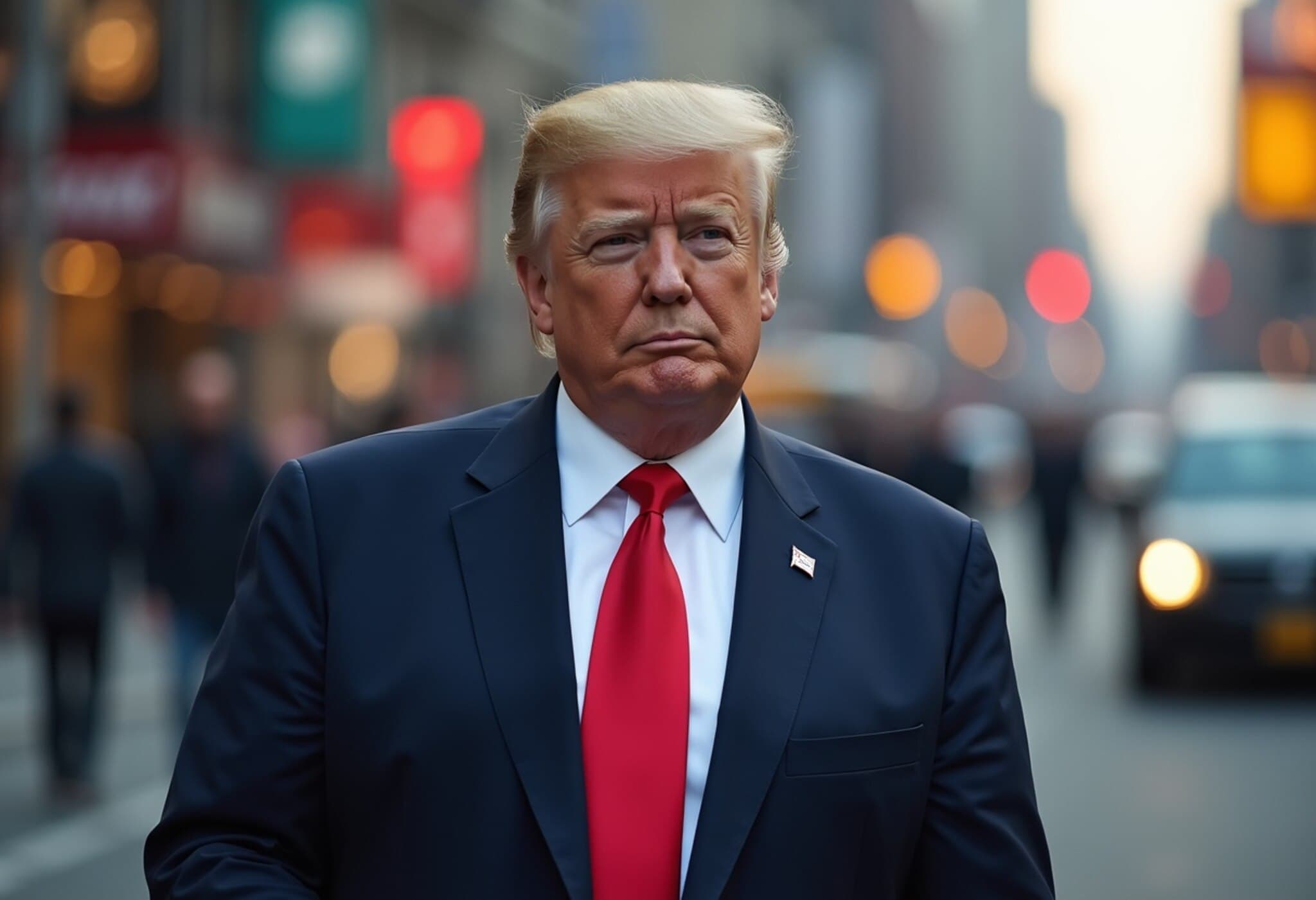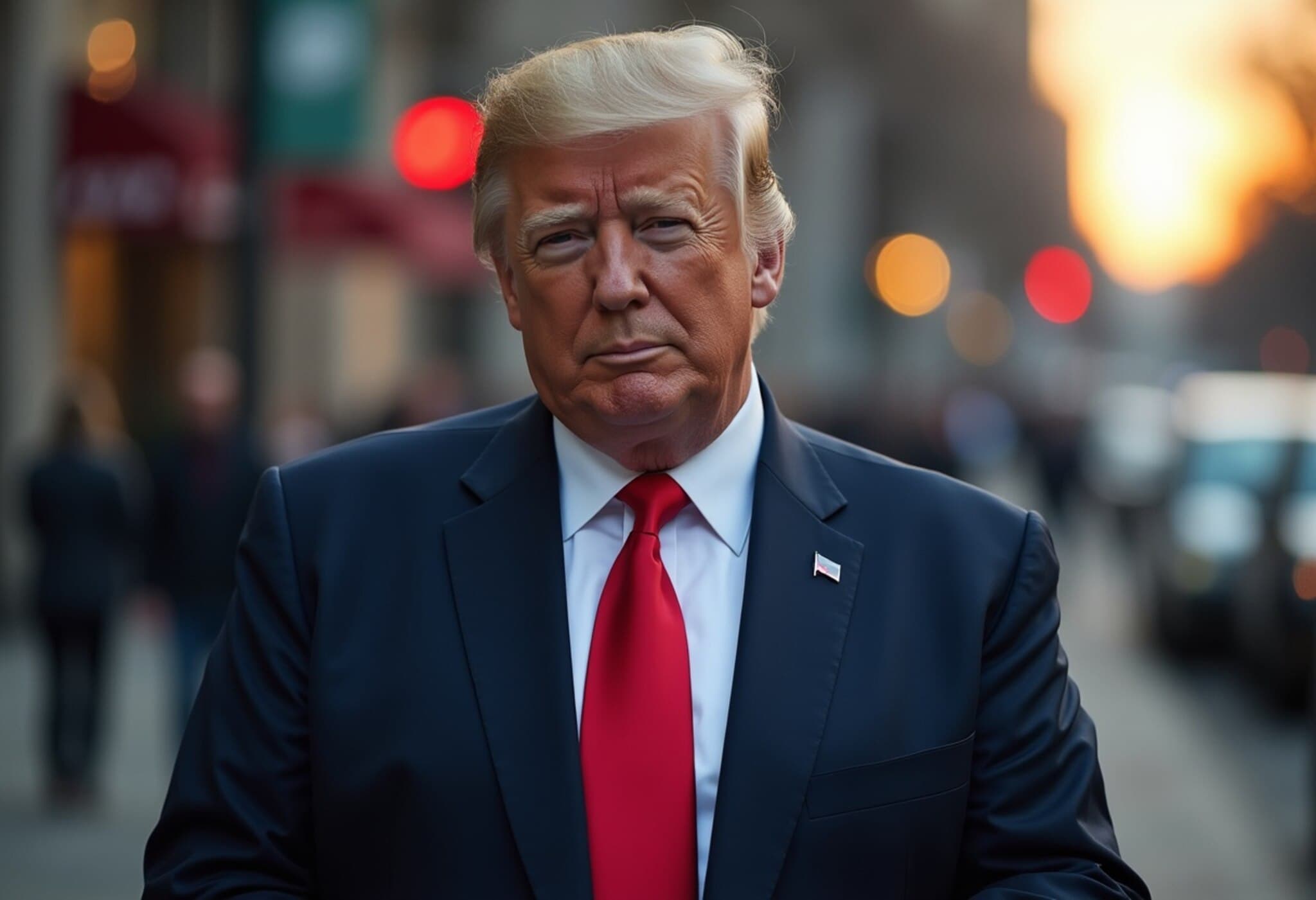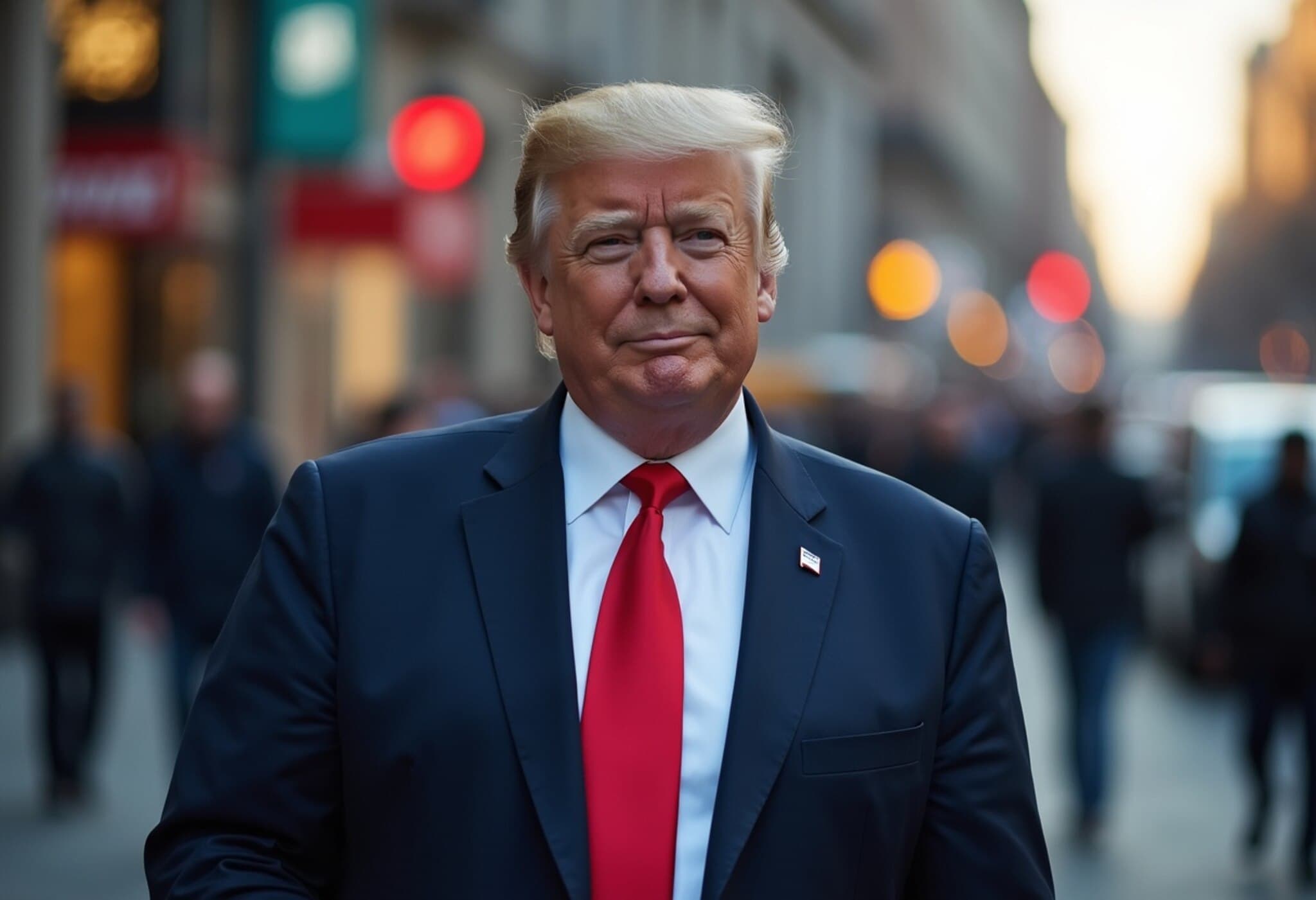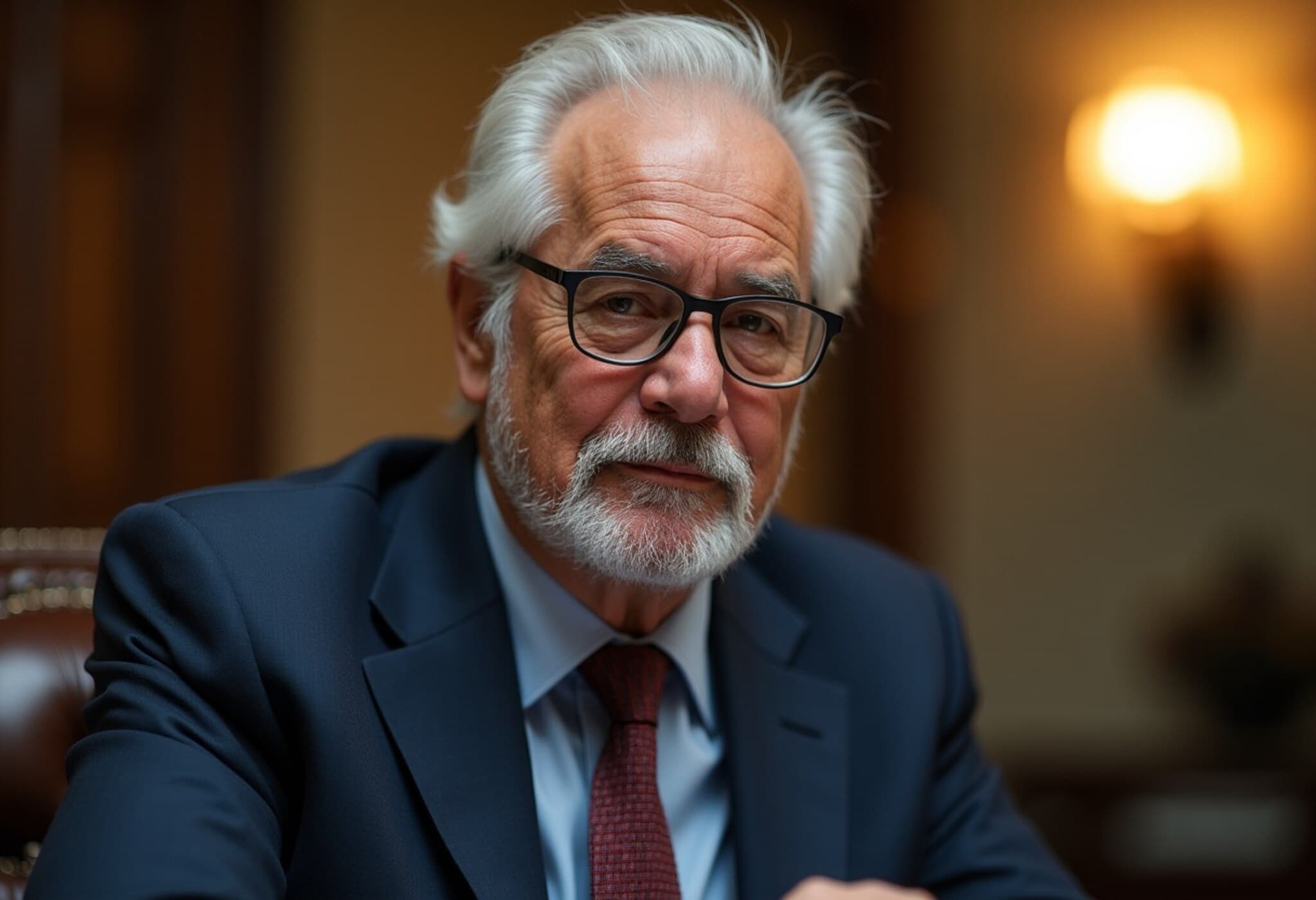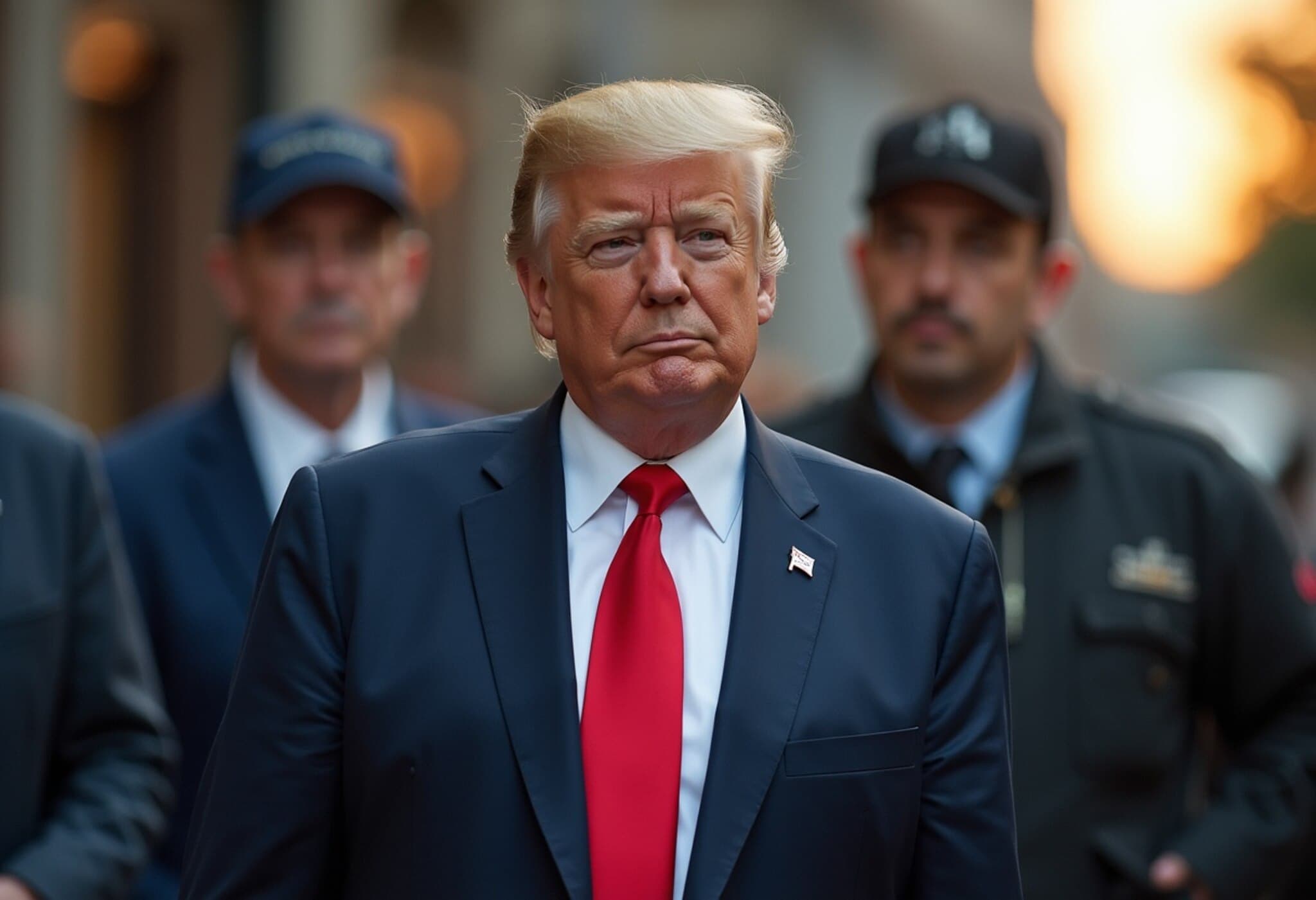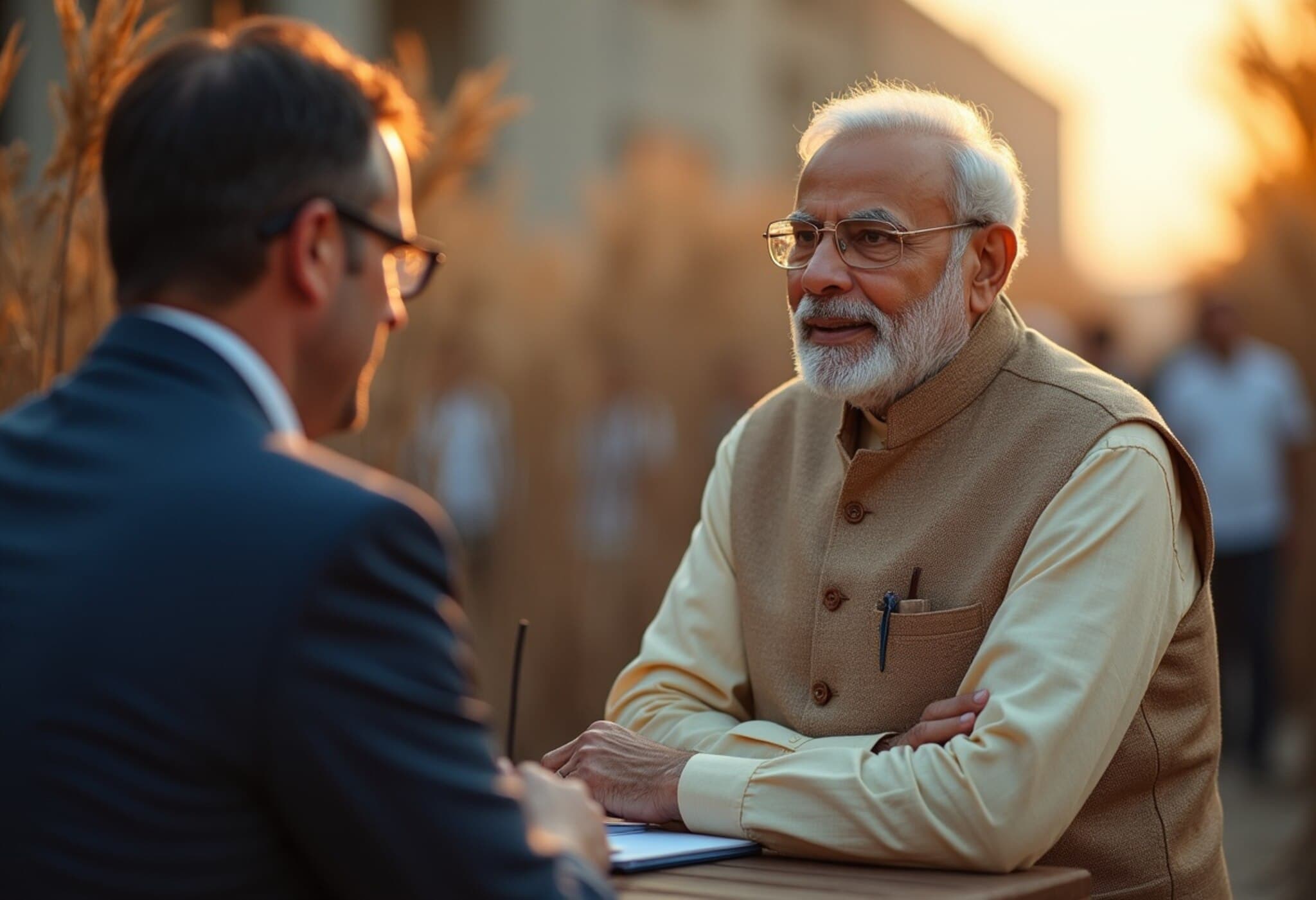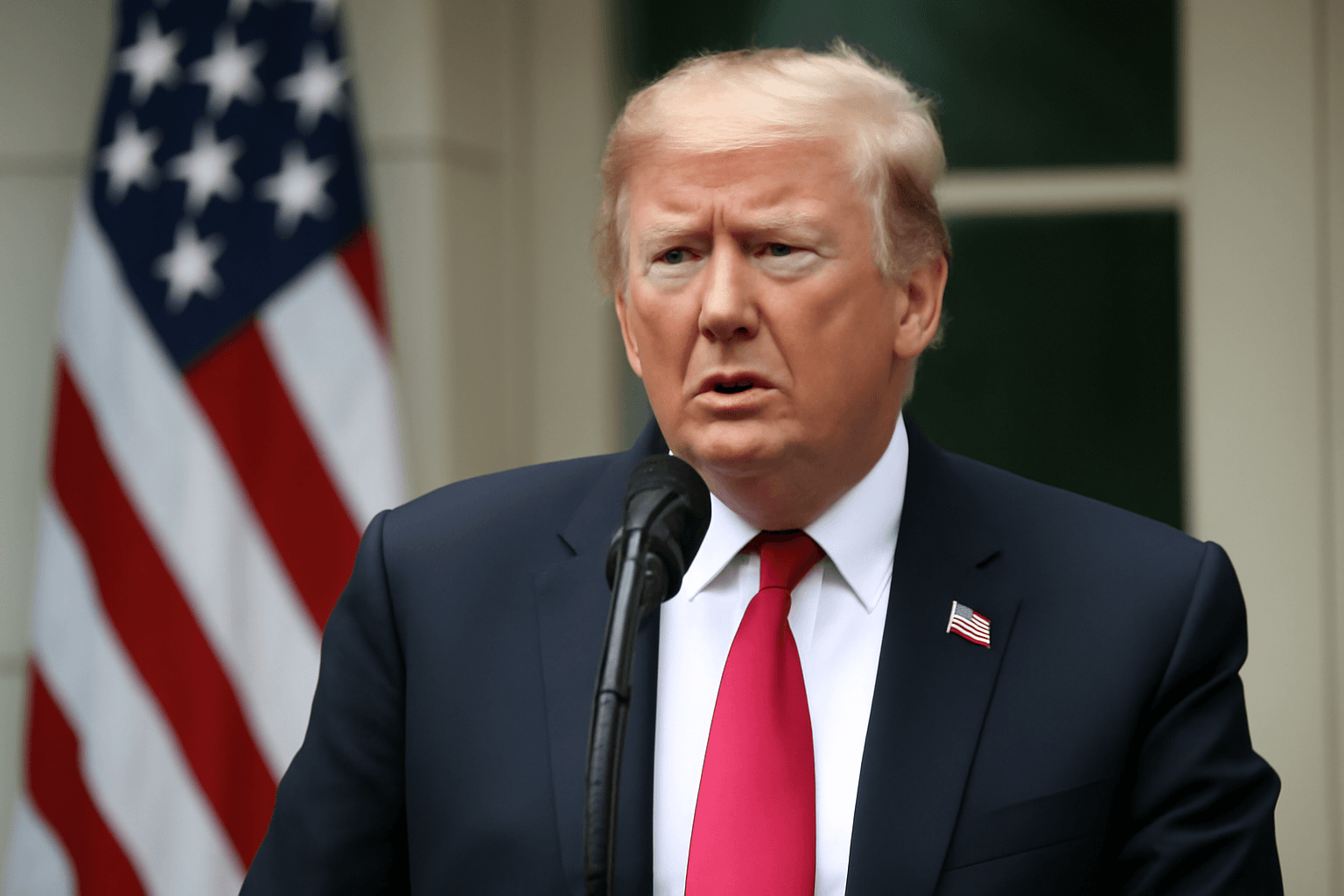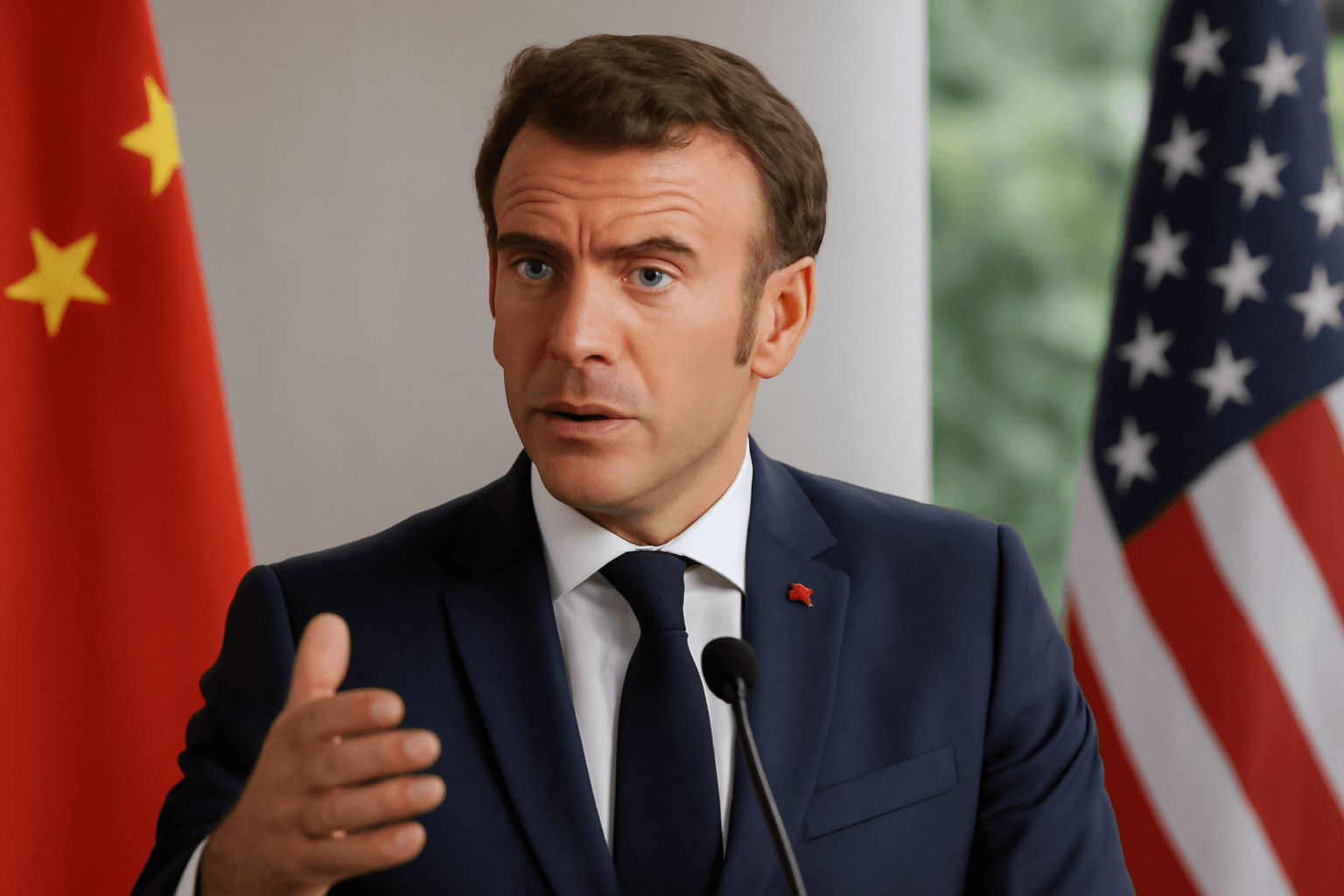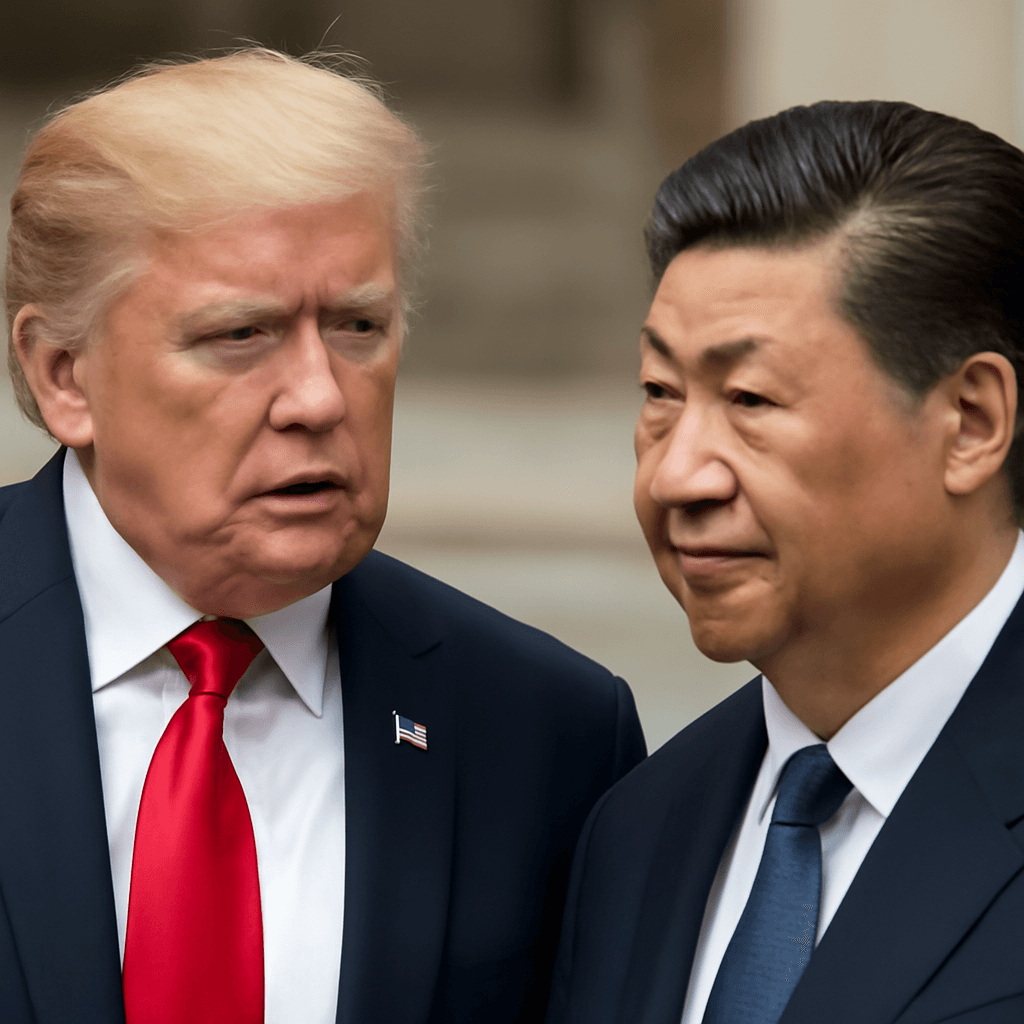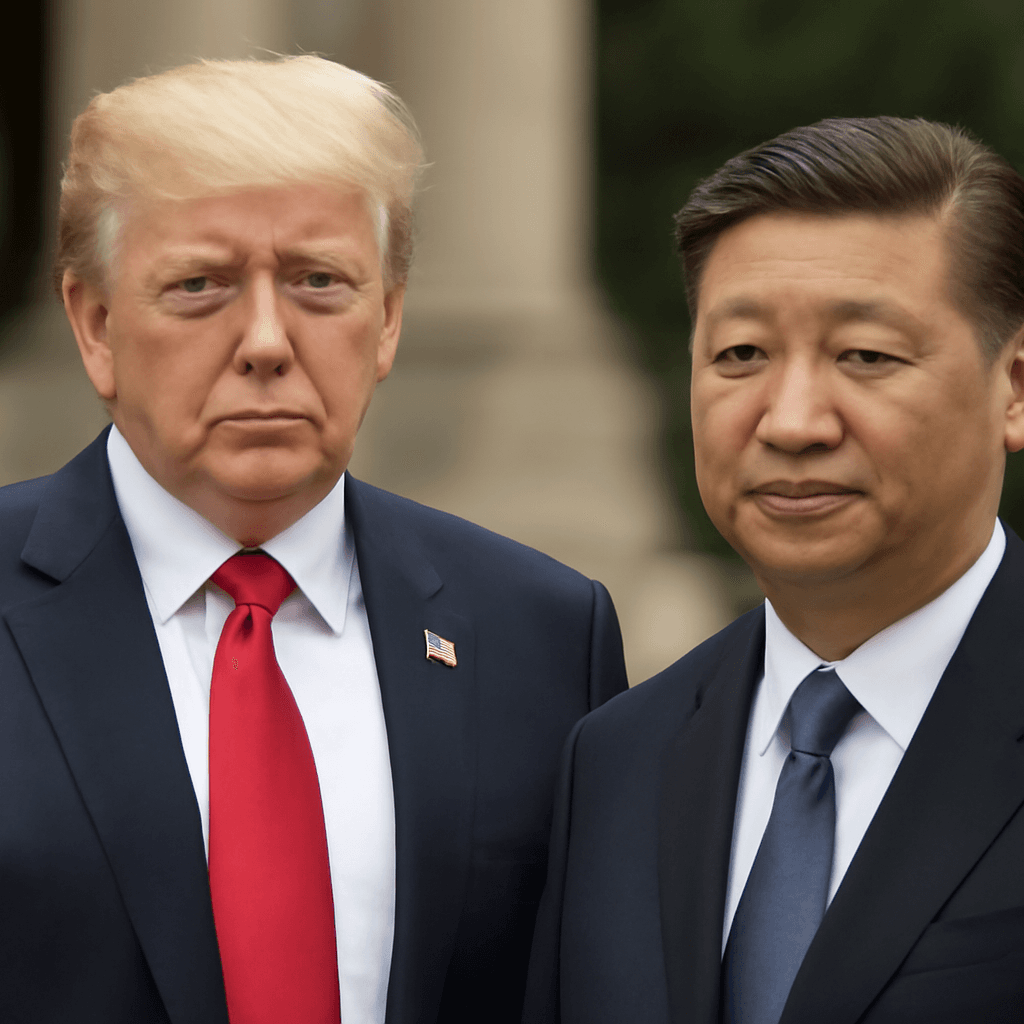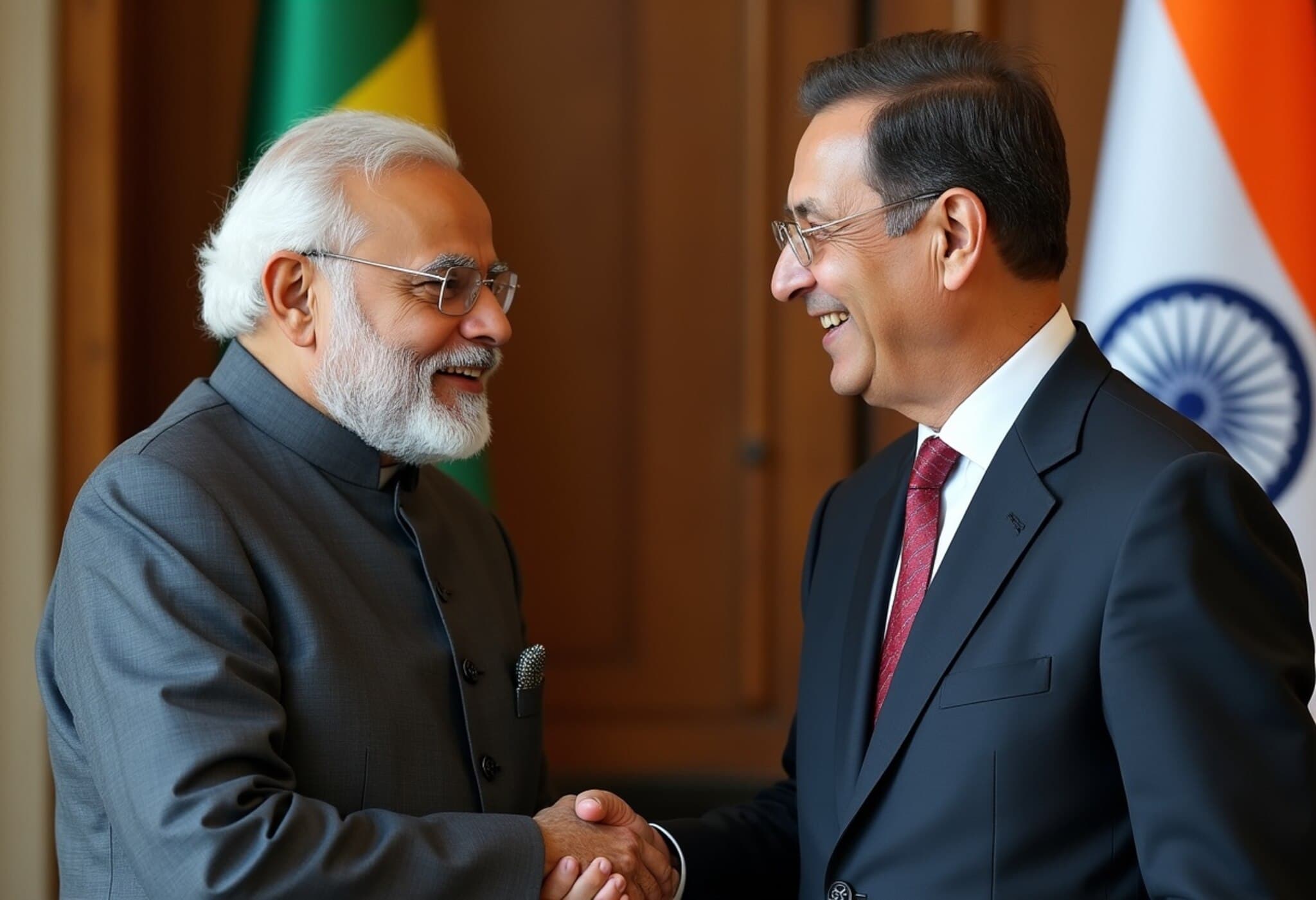Trump’s Return to Global Stage: Trade as a Theatrical Power Play
Donald Trump’s resurgence in international politics is increasingly characterized by unpredictable tariff shocks and bold public declarations rather than meticulous statesmanship. Turning global trade negotiations into a spectacle of unilateral threats and showmanship, the former US president’s approach has unsettled allies, confounded adversaries, and left diplomats scrambling behind closed doors.
What Is ‘Tamasha Diplomacy’?
Coined by experts to describe Trump’s theatrical and erratic trade strategies, ‘tamasha diplomacy’ (tamasha meaning “spectacle” or “drama” in Hindi) aptly captures the style—marked by bluster, misinformation, and chaotic twists. Across regions—from Asia to the Americas and Africa—tariffs have become tools less of policy coherence and more of raw power projection.
Key Episodes of Trade Drama
Vietnam: From Agreement to Abrupt Escalation
Just days before the July 8 deadline, after what seemed like progress toward reducing tariffs to 11%, Trump unexpectedly hiked tariffs to 20% during a call with Vietnamese General Secretary Tô Lâm—a key figure who was not even part of ongoing negotiations. This surprise move, announced theatrically via Truth Social without a shred of formal paperwork or joint statements, left Vietnam silent and U.S. credibility badly bruised.
Brazil: Politics Collide with Economics
In a move widely seen as ideologically charged, Trump threatened Brazil with 50% tariffs unless the legal proceedings against far-right former President Jair Bolsonaro were halted. Lula’s government refused to comply, spotlighting how Trump weaponizes economic pressure to favor political allies even at the cost of international norms.
Colombia: Humanitarian Concerns vs. Tariff Threats
Colombia faced tariff threats after declining to accept deportees transported on U.S. military aircraft—a decision rooted in legal and humanitarian concerns. Colombian President Gustavo Petro directly challenged Trump’s hardline stance, emphatically rejecting the portrayal of migrants as criminals and emphasizing sovereign rights.
Canada: From Trusted Ally to Tariff Target
Early 2025 saw Trump impose a 25% tariff on Canadian goods under emergency powers, citing unfounded claims about Canada’s alleged role in fentanyl trafficking and illegal immigration. Prime Minister Trudeau condemned these moves as “economic bullying,” highlighting an erosion of one of the world’s closest bilateral relationships.
South Africa: Conspiracy Theories Fuel Dangerous Policy
Trump raised tariffs to 30% on South African goods, invoking the discredited and racially charged “white genocide” narrative. This embrace of misinformation over diplomacy sparked outrage among BRICS nations and underscored a troubling penchant for divisive rhetoric over reasoned policy.
European Union: $600 Billion Ultimatum and Tariff Showdown
In a notable escalation, Trump labeled April 2025 as “Liberation Day” by imposing 20% tariffs on EU goods, followed by a July ultimatum demanding a massive $600 billion U.S. infrastructure investment or facing 35% tariffs on all EU products. EU leaders uniformly rejected the demands, denouncing them as economic blackmail, thus fueling an ongoing trade standoff with no clear resolution.
Asia-Pacific Shocks: Japan, Taiwan, and New Zealand
- Japan was blindsided by a sudden 100% tariff on semiconductor imports, hitting major corporations like Toyota and Honda and rattling global supply chains.
- Taiwan received a bizarre ultimatum to have TSMC purchase a nearly 50% stake in Intel and commit $400 billion in U.S. investments—else face a 15% tariff—a conflation of corporate coercion with diplomacy.
- New Zealand, despite a long-standing friendly rapport with the U.S., found its exports hit with a 15% tariff overnight, representing a “blunt” and unpredictable approach to longstanding alliances.
The Bigger Picture: Personal Power Over Policy
Across continents, a clear pattern emerges from Trump’s tariff saga:
- No consistent consultation.
- An absence of formal agreements or documentation.
- Economic irrationality driven by political theatrics.
- Social media as the primary platform for negotiation announcements and threats.
According to seasoned former diplomats, this modus operandi not only undermines trust and established institutions but reduces geopolitics to a volatile drama driven by personality rather than principles.
“Negotiators find themselves in a nightmare scenario,” said a former U.S. Trade Representative official. “Even apparent deals dissolve overnight when terms are unilaterally rewritten and declared publicly without warning.”
The Human and Economic Fallout
Beyond theatrics, these tactics carry heavy real-world consequences:
- Global supply chains face disruption and uncertainty, threatening jobs and innovation.
- Economic allies grapple with mistrust, potentially pushing them closer to other global powers.
- International diplomacy suffers as an already fragile multilateral system buckles under erratic U.S. policies.
The overriding question remains: Can global trade and diplomacy withstand such a dizzying performance without sacrificing long-term stability?
Editor’s Note
Trump’s “tamasha diplomacy” exemplifies a shift in global trade strategy from calculated policy-making to unpredictable power displays. While theatrics captivate the public eye, they risk unraveling decades of diplomatic trust and economic cooperation. Observers should watch closely how allies respond, whether multilateral institutions adapt, and how America’s economic rivals seize these openings. Ultimately, this unfolding drama challenges not only trade norms but the very foundation of international order in the 21st century.

